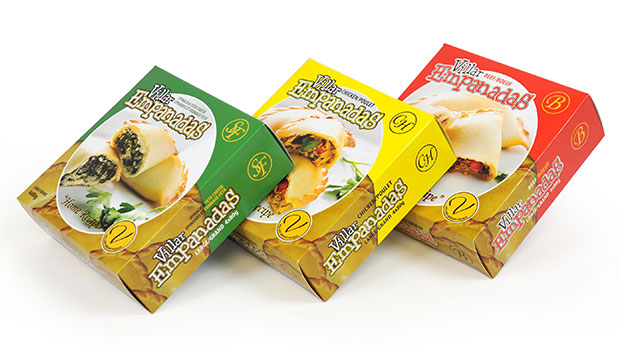If you are new to running your own business or simply want to learn more about packaging and the decisions related to it, it helps to be familiar with its variations. There are an incredibly wide range of types of packages available, including materials (such as plastic and paper), sizes, styles (such as pillow boxes, standard boxes, and display boxes), and more. This wide variety may be overwhelming, but it is actually necessary, as each particular industry requires a different type of packaging to keep its products safe.
Food and Beverage Industries
Perhaps the most challenging industry in terms of meeting requirements is the food and beverage one. Packaging for any food item or drink must not only protect the item from being squashed or damaged, but it also must be free from contamination. You can’t, for example, put an uncoated cardboard box around a sticky type of cake and expect it to be fine. Beverages in particular require packaging that won’t leak and will also provide some means of pouring out the liquid inside or drinking it directly from the bottle.
Cosmetics
Cosmetics will have some of the same requirements as food items, as they cannot be contaminated either, due to their future proximity to sensitive areas of the human body, such as the eyes or mouth. Despite this, some elements of cosmetic packaging tend to be slightly different, as they will focus more on making an eye-catching box or container, frequently involving a plastic cutout that allows clients to view the product so they can see the particular shade of an eye shadow or nail polish.
Electronic Industries
Electronic industries tend to use a great deal of plastic packaging, as it provides additional protection for sensitive electrical components. There are, however, many cardboard boxes used in electronics, including hanging boxes for headphones and small MP3 players, electronic sleeve boxes, and the standard tuck end box. When designing packaging for the electronic industry, there needs to be additional protection, preferably through both sturdy packaging and interior cushioning, to prevent the object from moving around within the container.
Counter Displays
Although not for a particular industry, any company that uses counter displays will have very different requirements for its packaging. Counter displays are designed to hold multiple copies of a smaller product at a given time. The product must not move easily within the display, but still needs to be easily accessible so it encourages buyers to make an impulse buy when near the cash register. In many cases, counter displays will also include optional tear-away panels to increase the appeal of the product.
General Points to Consider
Although the right packaging for your product will greatly depend on the industry you are in, there are some general rules that can always guide you if you don’t want to ask a professional for advice. In the case of food, cosmetics, and medications, protection from contamination is key. No matter the product, the packaging must prevent potential damage, provide security, be visually appealing, and serve as advertisement for your company, and should preferably be easy to open.




